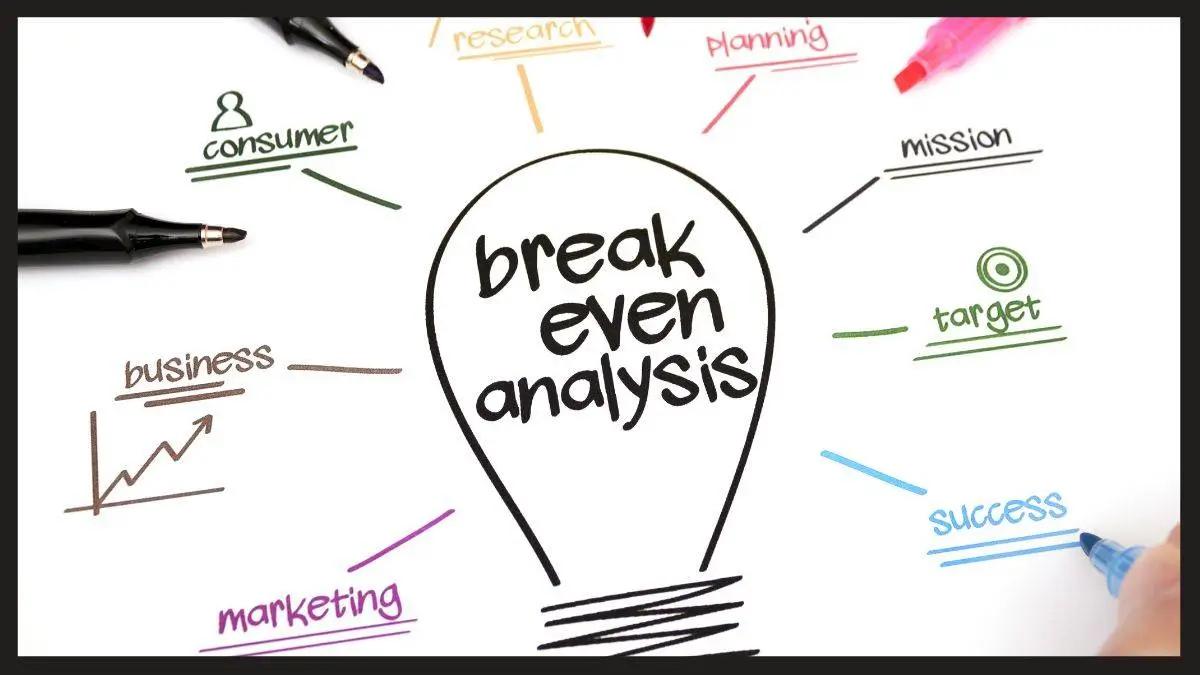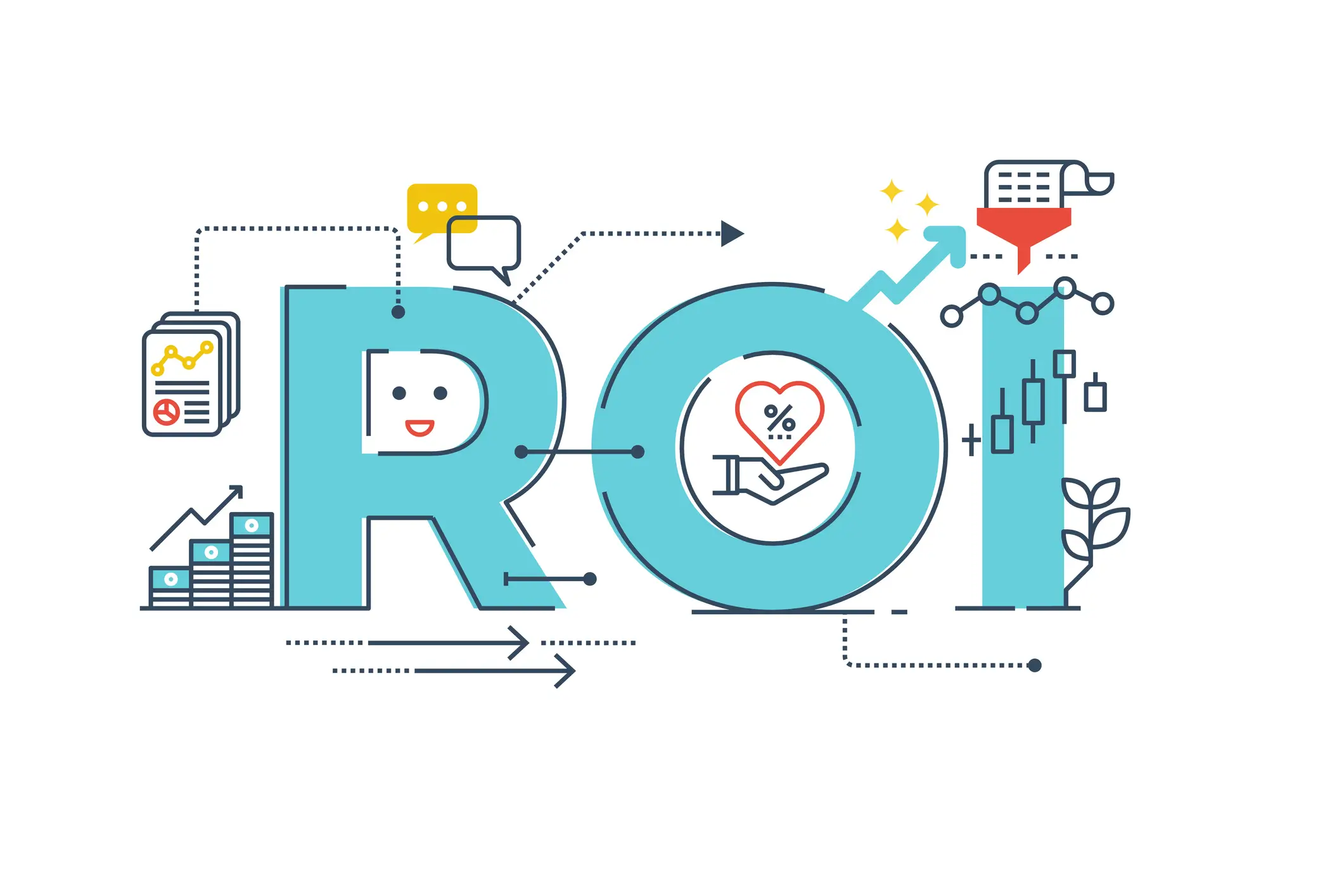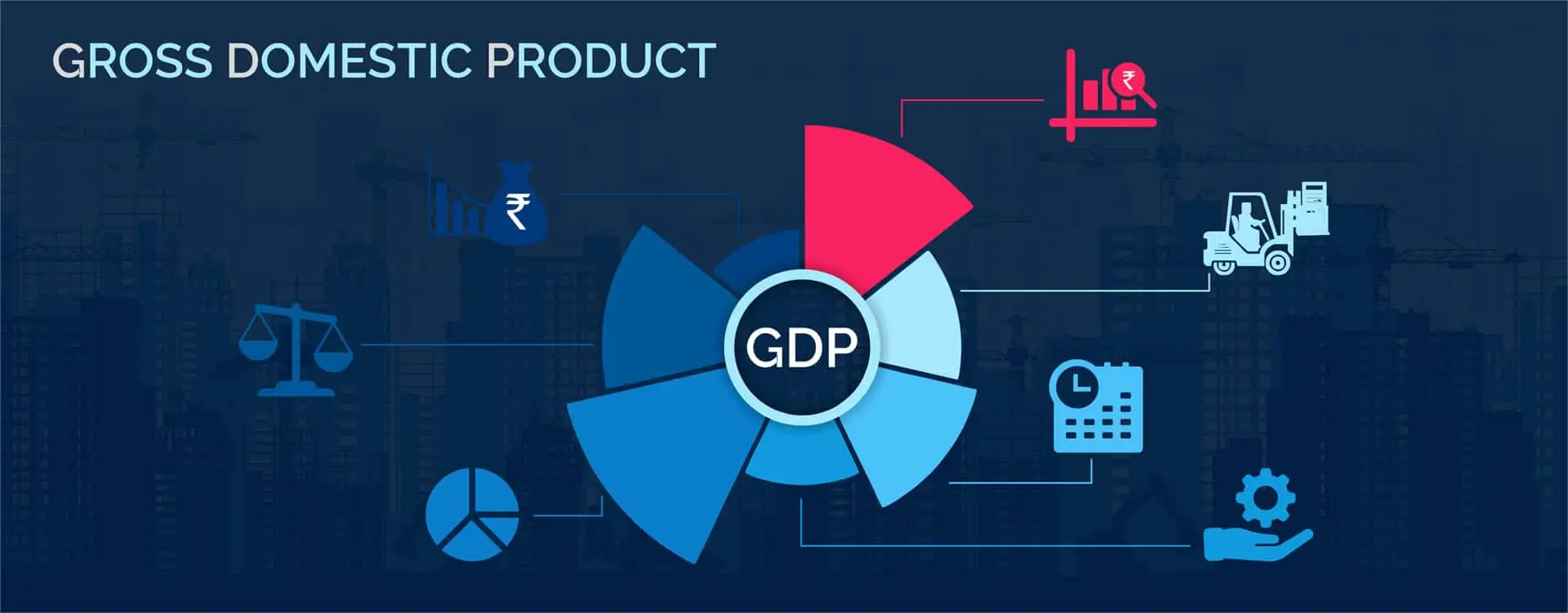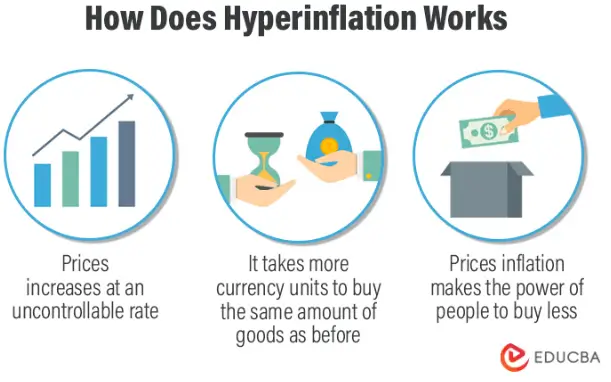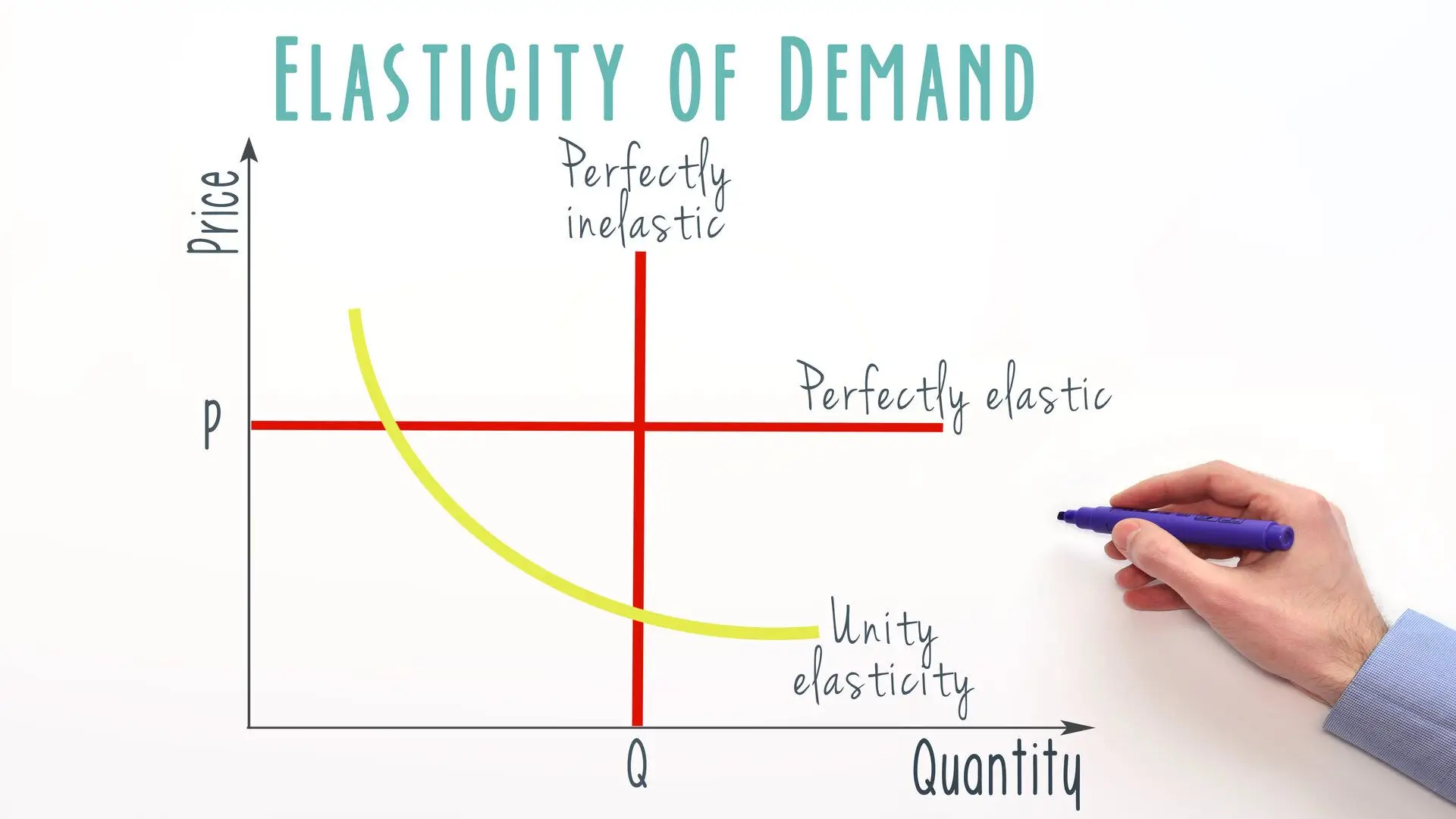
The United Indian

As a small business owner or entrepreneur, navigating the complex world of economics and finance can be daunting. However, grasping key economic concepts is crucial for making informed decisions, planning for growth, and ensuring the long-term success of your venture. In this blog, we'll explore ten essential economic terms that every business leader should understand, explaining their significance and practical applications in the business world.
1. Market Segmentation
Market segmentation is the process of dividing a broad target market into smaller, more defined subgroups based on shared characteristics such as demographics, behaviors, or needs. For small businesses and entrepreneurs, understanding market segmentation is vital for several reasons:
- Tailored marketing: By identifying specific segments, you can create targeted marketing campaigns that resonate with each group, increasing the effectiveness of your marketing efforts.
- Product development: Segmentation helps you develop products or services that cater to the unique needs of different customer groups.
- Resource allocation: It allows you to focus your limited resources on the most promising segments, maximizing your return on investment.
- Competitive advantage: Understanding your market segments can help you identify underserved niches and differentiate your offerings from competitors.
2. Break-Even Point
The break-even point is the level of sales or production at which total revenue equals total costs, resulting in neither profit nor loss. This concept is crucial for small businesses and entrepreneurs because:
- Financial planning: It helps you determine how many units you need to sell or how much revenue you need to generate to cover your costs.
- Pricing strategies: Understanding your break-even point aids in setting prices that ensure profitability.
- Risk assessment: It allows you to evaluate the feasibility of new projects or product lines by estimating the sales volume required to become profitable.
- Goal setting: The break-even point serves as a baseline for setting sales targets and measuring performance.
3. Return on Investment (ROI)
ROI is a performance metric used to evaluate the efficiency or profitability of an investment. It's calculated by dividing the net profit from an investment by its cost. For small business owners and entrepreneurs, ROI is important because:
- Decision-making: It helps you compare different investment opportunities and make informed choices about where to allocate your resources.
- Performance evaluation: ROI allows you to assess the effectiveness of various business activities, from marketing campaigns to equipment purchases.
- Investor relations: If you're seeking external funding, investors will want to see potential ROI projections for your business.
- Continuous improvement: By tracking ROI across different aspects of your business, you can identify areas for improvement and optimization.
4. Equity
Equity represents the ownership interest in a company, often expressed as the difference between assets and liabilities. For small business owners and entrepreneurs, understanding equity is crucial because:
- Fundraising: When seeking investment, you'll need to decide how much equity to offer in exchange for capital.
- Financial health: Equity is a key indicator of your company's financial stability and long-term viability.
- Exit strategies: If you plan to sell your business in the future, equity will play a significant role in determining its value.
- Employee incentives: Offering equity can be an effective way to attract and retain top talent, especially for startups with limited cash flow.
5. Scalability
Scalability refers to a business's ability to grow and handle increased demand without compromising performance or incurring significantly higher costs. For small businesses and entrepreneurs, scalability is important because:
- Growth potential: A scalable business model allows you to expand your operations and increase revenue without proportionally increasing costs.
- Investor appeal: Scalability is often a key factor that investors consider when evaluating potential investments.
- Competitive advantage: A scalable business is better positioned to adapt to market changes and outperform less flexible competitors.
- Long-term sustainability: Scalability ensures that your business can evolve and remain viable as it grows.
6. Gross Domestic Product (GDP)
GDP is the total value of all goods and services produced within a country's borders in a specific time period. While GDP may seem like a macroeconomic concept, it's relevant to small businesses and entrepreneurs because:
- Economic climate: GDP growth rates can indicate overall economic health, influencing consumer spending and business investment.
- Market opportunities: Understanding GDP composition can help you identify growing sectors or industries for potential expansion.
- Business planning: GDP forecasts can inform your long-term strategic planning and help you anticipate economic trends.
- Government policies: Changes in GDP often lead to shifts in government policies that may affect your business, such as tax rates or regulations.
7. Hyperinflation
Hyperinflation is a period of extremely high and accelerating inflation, typically defined as inflation exceeding 50% per month. While rare, understanding this concept is important for small business owners and entrepreneurs because:
- Risk management: Awareness of hyperinflation helps you prepare contingency plans for extreme economic scenarios.
- Pricing strategies: In inflationary environments, you may need to adjust your pricing more frequently to maintain profitability.
- Cash management: During periods of high inflation, holding onto cash can rapidly erode its value, emphasizing the importance of strategic investments.
- Supply chain considerations: Hyperinflation can disrupt supply chains and alter the cost of inputs, requiring proactive management.
8. Elasticity of Demand
Elasticity of demand measures how sensitive consumer demand is to changes in price or other factors. This concept is crucial for small businesses and entrepreneurs because:
- Pricing strategies: Understanding elasticity helps you set optimal prices that maximize revenue and profitability.
- Product development: Elasticity insights can guide decisions about which features to include in your products or services.
- Marketing focus: For products with inelastic demand, you may focus more on brand loyalty, while elastic products may require more price-based marketing.
- Competitive analysis: Elasticity can help you anticipate how competitors' price changes might affect your market share.
9. Cash Flow
Cash flow refers to the movement of money in and out of your business. It's one of the most critical concepts for small business owners and entrepreneurs to understand because:
- Survival: Poor cash flow management is a leading cause of small business failure, even for profitable companies.
- Growth planning: Positive cash flow enables you to invest in growth opportunities and weather unexpected challenges.
- Operational efficiency: Monitoring cash flow helps you identify areas where you can improve efficiency and reduce costs.
- Creditworthiness: Lenders and investors often assess cash flow when evaluating a business's financial health and ability to repay debts.
10. Depreciation of Assets
Depreciation is an accounting method that allocates the cost of tangible assets over their useful life. It's important for small business owners and entrepreneurs to understand depreciation because:
- Tax benefits: Depreciation can be deducted as a business expense, potentially reducing your tax liability.
- Financial reporting: Proper depreciation accounting provides a more accurate picture of your business's financial position.
- Asset management: Understanding depreciation helps you make informed decisions about when to repair or replace assets.
- Pricing considerations: Factoring in depreciation costs can help you set prices that ensure long-term profitability.
In conclusion, mastering these economic terms is essential for small business owners and entrepreneurs navigating today's complex business landscape. By understanding concepts like market segmentation, break-even point, ROI, equity, scalability, GDP, hyperinflation, elasticity of demand, cash flow, and depreciation, you'll be better equipped to make informed decisions, plan for growth, and ensure the long-term success of your venture.
Remember that economics is a vast field, and these ten terms are just the tip of the iceberg. Continual learning and staying informed about economic trends and concepts will give you a competitive edge in your entrepreneurial journey. Consider seeking advice from financial professionals or mentors to deepen your understanding and apply these concepts effectively in your specific business context.
By embracing economic literacy, you'll not only improve your decision-making capabilities but also enhance your ability to communicate with investors, partners, and other stakeholders. This knowledge will serve as a valuable tool in your entrepreneurial toolkit, helping you navigate challenges, seize opportunities, and build a thriving, sustainable business in an ever-changing economic landscape.
Read more in Economy
Jun 24, 2025
TUI Staff
Jun 22, 2025
TUI Staff

Stay Tuned with The United Indian!
Our news blog is dedicated to sharing valuable and pertinent content for Indian citizens. Our blog news covering a wide range of categories including technology, environment, government & economy ensures that you stay informed about the topics that matter most. Follow The United Indian to never miss out on the latest trending news in India.
©The United Indian 2024







